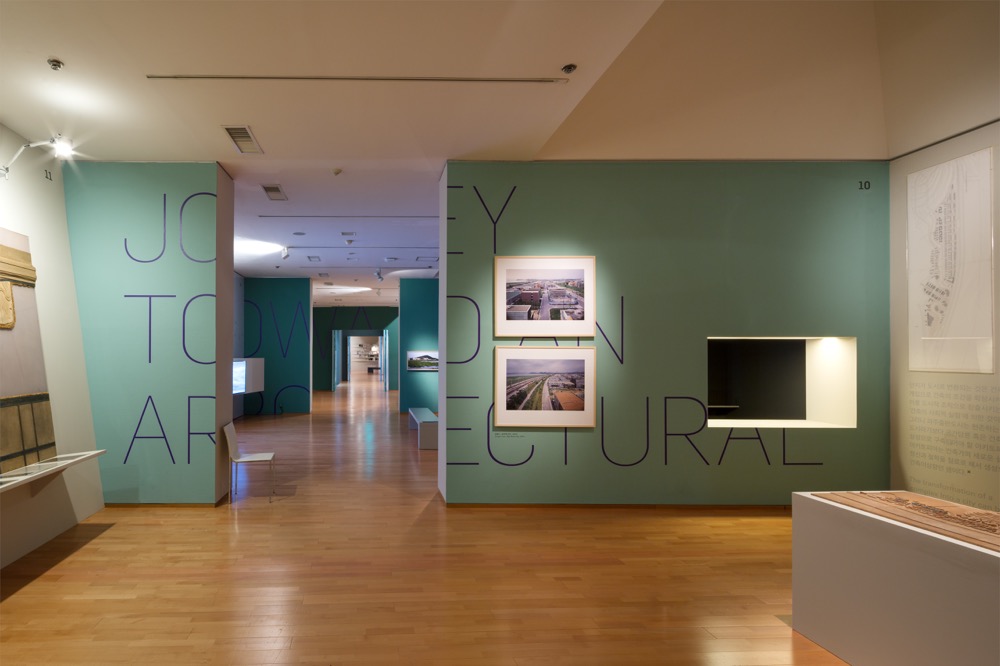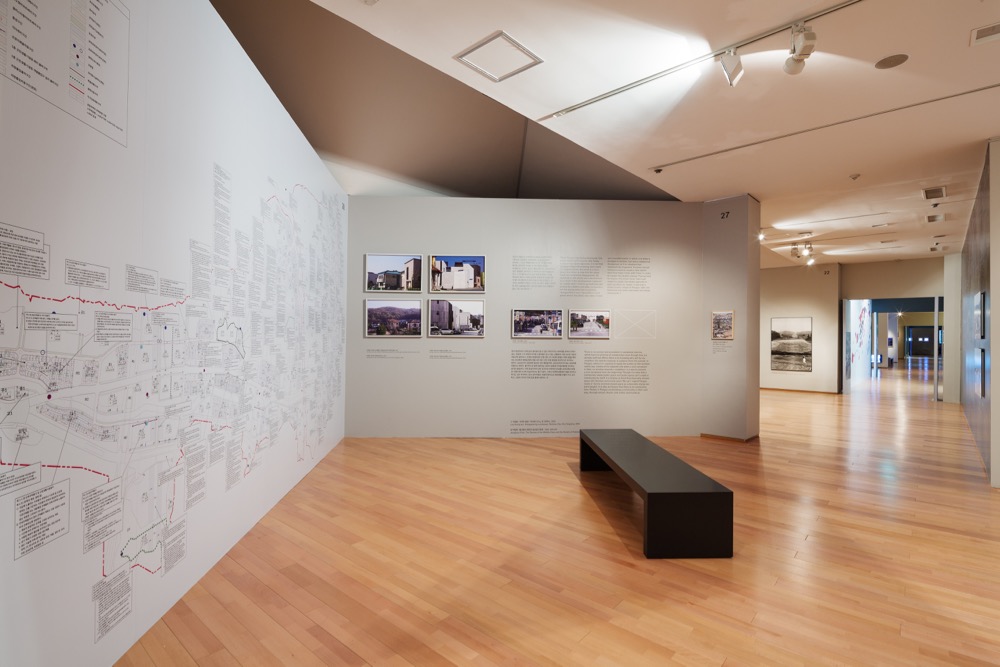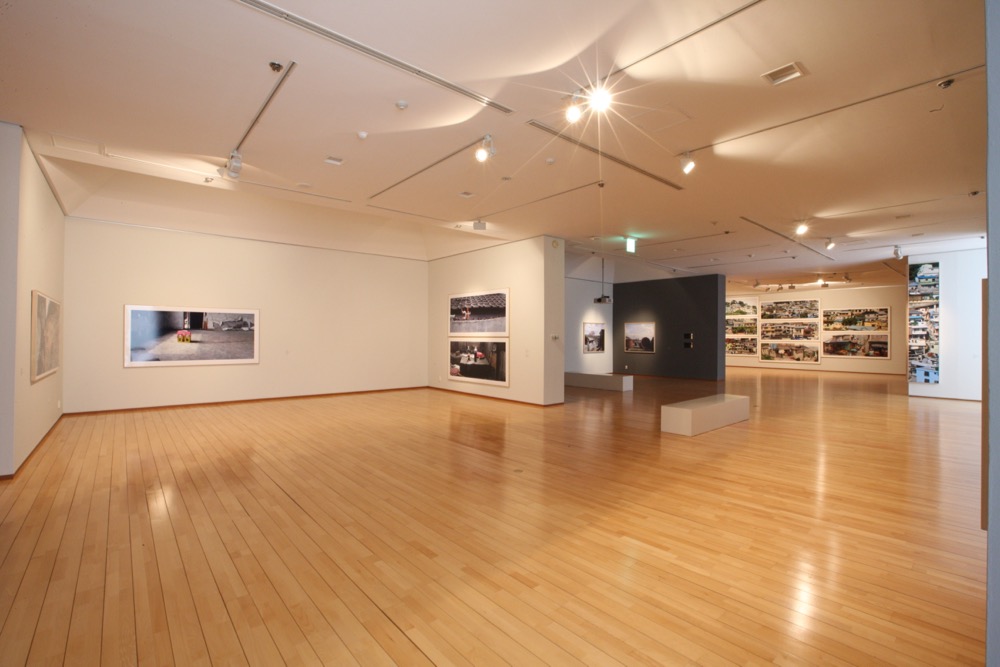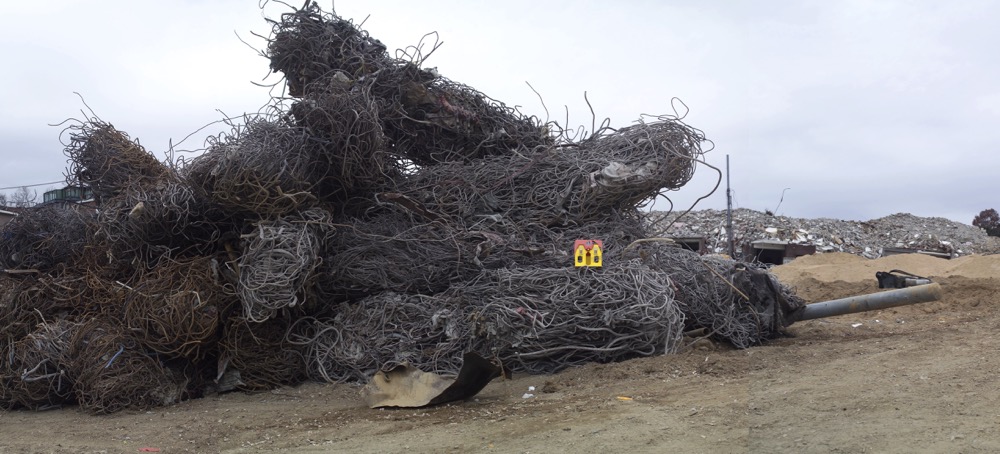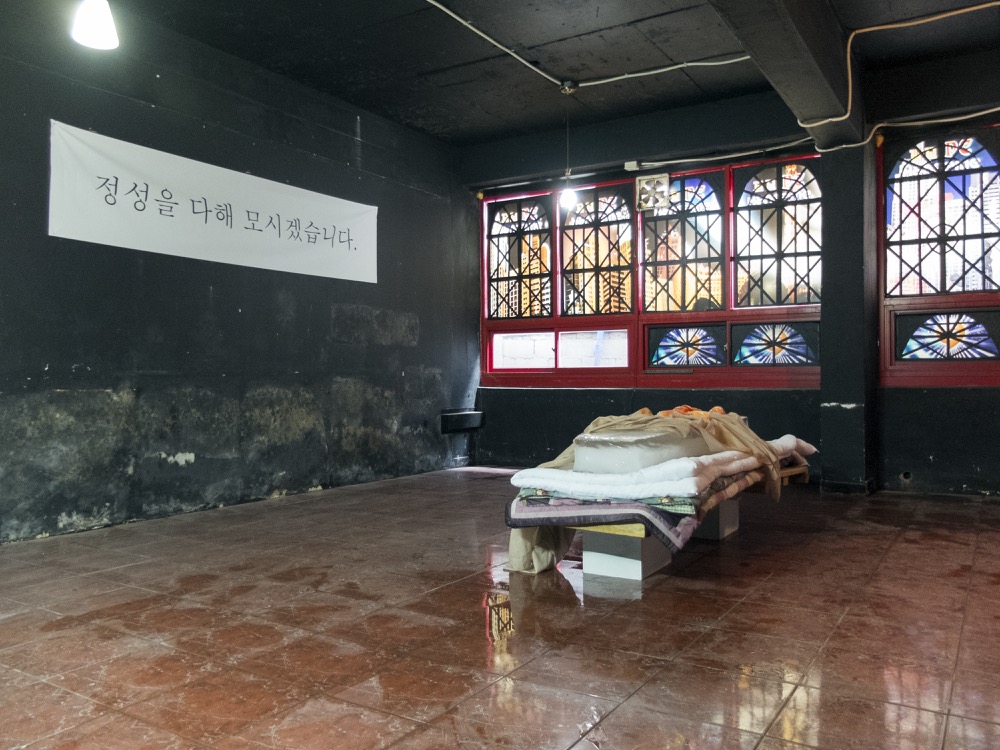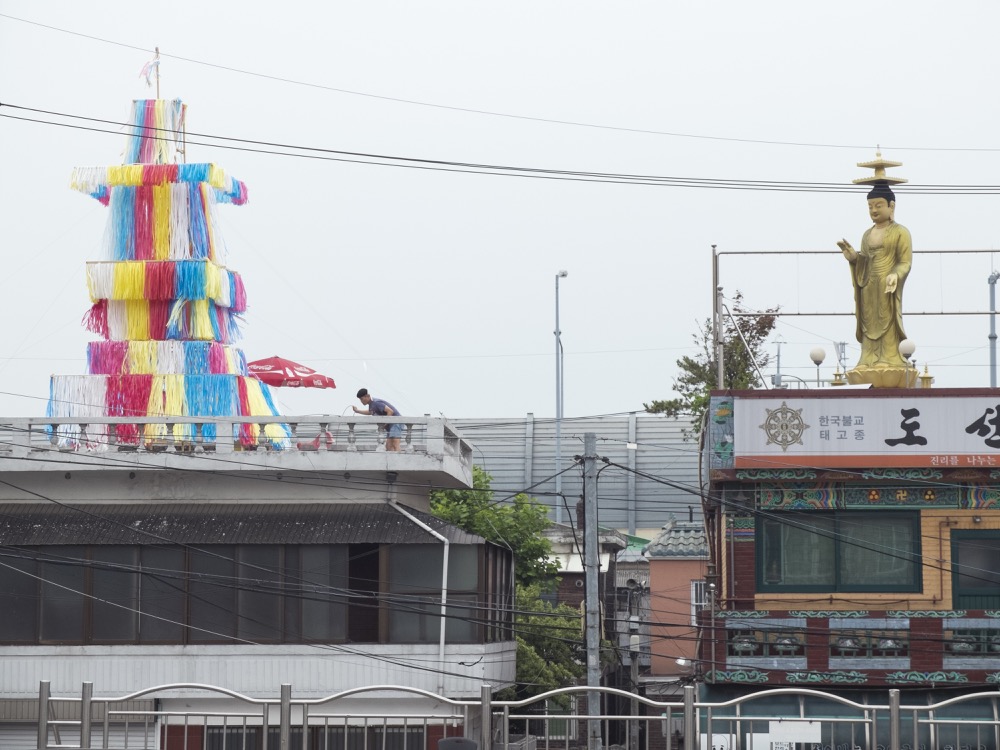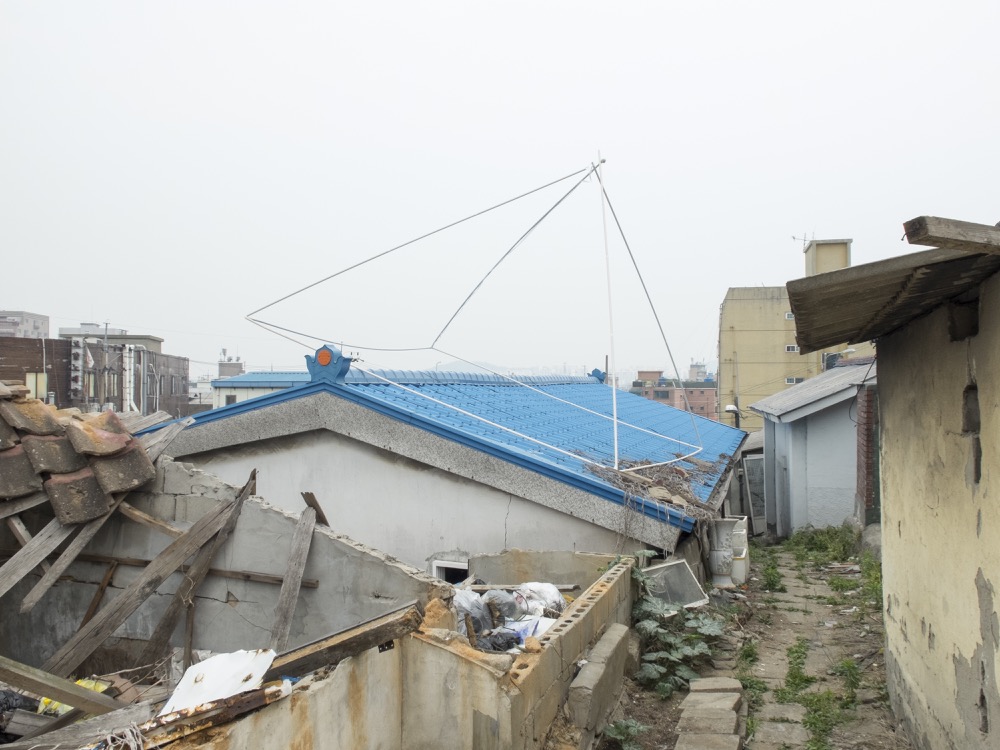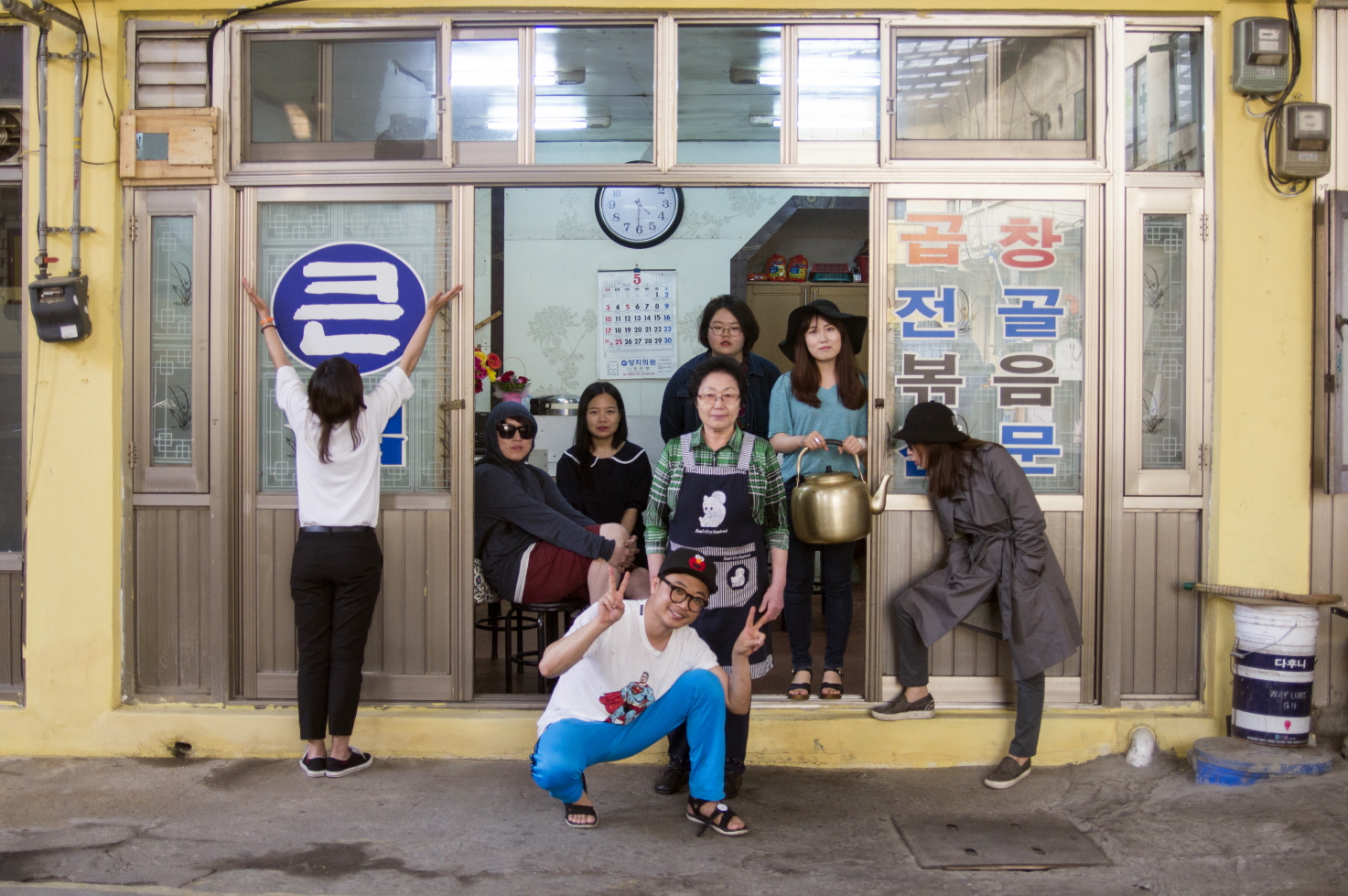A tale of two cities
The tenderness of the Korean summer, with typhoon traces on top of a “viral” atmosphere imposed a different rhythm to the city of Seoul and its surroundings. It almost looked like it was ordained to re-discuss the paradigm of the big city, with stories that go back almost a hundred years.
The astute observer would be delighted to discover the layers that are hiding in the creation of Seoul as we know it today: utopia, visionary planning, the battle with modernity, the heaviness of the past, the spirit of the community. These states of mind transgress everyday living and impose an augmented reality where the position of the individual is constantly being evaluated.
It was in the exhibition Experiment of Architopia, organized by the National Museum of Modern and Contemporary Art Korea at the headquarters in Gwacheon that I discovered extraordinary documents about four utopian projects: Sewoon Sangga, Heyri Art Village, Paju Bookcity and Pangyo village. These controversial urban narratives were intended to launch a unique modernist view of Korean architecture, based on notions like the connecting shopping arcade, community and arts, and a symbolic social space for culture – all forming, respectively, a “landscape of desire”.
Sewoon Sangga, a 50m-wide and 1 km-long mega-structure, was supposed to connect two neighbourhoods in the central part of Seoul, rendering a totally new way of seeing and fragmenting space. It was the visionary and idealist forty-something mayor of the city, Kim Hyun Ok together with the courageous architect Kim Soo Geun, aged only 35, who had made the plan for this complex which would shelter private commercial initiatives. Unfortunately, the objectives of the space were not made clear from the beginning and the theory behind the construction was too vague to gel with Seoul’s urban planning demand. The misuse of the space affected its identity and by 2008, many of its buildings had been demolished. The recent talks and presentations around this unfinished project prompted the government to restart the discussion around Sewoon Sangga, with the clear wish to revitalize the area.
The confessions of an architect recorded on a video that was presented in the exhibition made me think more about the idea of community. The architect was talking about Paju Bookcity and how he and his collaborators were imagining it: when you walk on the street and you notice that your neighbors have left their shoes at the entrance and they are inside the house, whispering, it means that you must be silent and walk on by without disturbing them because they are making love and they shouldn’t be interrupted. As I see it now, to have an industrial city dedicated to the production of books of such sensitivity shows that the discourse around it was stronger than the real capacity of the place.
In The Unfamiliar Boundaries of Paju Bookcity (2010), architect Hyungmin Pai states: “Paju Bookcity emerges upon both the Western tradition of architecture as a symbolic art and the idea of landscape as a political and artistic instrument … As the site of such multiple intersections, it is a worthy experiment for investigating the possibility of how architecture may function in the creation and continuous transformation of identity and community in contemporary urban formation. From the inception of the idea of the book city in the late 1980s to the completion of the first phase in 2007, Paju Bookcity has been part of the changing political economy of Korea. Its particularity as a planned urban area can only be understood in the context of Korea’s recent culture of city building.”
Nowadays, many book companies once located in the centre of Seoul have moved to Paju Bookcity, although the construction has never been finished according to the masterplans and ideas of the architects that hoped to validate Korean Modernism.
Photography is one of the most valid instruments for documenting the changes around us, allowing a critical distance for the viewer to evaluate the past, present and future of a certain segment of life. City We Have Known, another exhibition produced by the National Museum of Modern and Contemporary Art, Korea and featuring the works of two renowned Korean photographers, Kang Hong Goo and Area Park, thematises the city of Seoul by focusing on the remnants and memories of the old city. While Goo (b. 1956) examines the ways in which residential landscapes are transformed by processes of urban development, Park (b. 1972) is interested in the relation between the city and the individual as social system.
In his research on cities and living, Henri Lefebvre, like Bachelard before him, theoretised the relation between people and the houses they built. He wrote about the disappearance of the “house of yore”, which served as a means of integrating thought, memory and dreams. It is through creative actions that cities attain specifity; by inventing and sculpting space, the individuals render it with rhythm and consistency, appropriating the real structure of the city.
In an attempt to appropriate the past of the port city of Incheon, Korea’s third most populous city after Seoul and Busan and also a location that has experienced many historical transformations since the Stone Age, not to mention the Japanese occupation and the strategic position it held during the Korean War, a group of ten artists (Garam & NewNew Kim, Soo Hwan Kim, Gemini Kim, Hyemin Park, Suk Kuhn Oh, Su Hyeon Woo, Oops Yang, Saem Lee, Mita Jeong and Ji Hyun Jeong ) researched and occupied abandoned houses, where they intervened in various ways, in order to raise awareness about areas that are slowly disappearing. As the broken window theory says, one empty house in a region leads to another empty house.
The project, addressed to cultural agents that have an interest in locality, individuality and site-specific work, had three parts: Punk Detective Agency, where the agency workers were detectives chasing traces of local history, memories or incidents and archiving them; Temporary Property Manager, a mobile bureau that introduced empty houses to artists for a short occupation, allowing anybody who had an interest to use them; and Temporary Tenants (11 Empty Houses Project), a title given to the artists who exhibited their art works in each of the empty houses. The houses belonged to old people who had no heirs or whose heirs lost interest in the “tired” houses. After the owners had disappeared, the houses remained empty, with vestiges of the former owner standing as inspiration for the creative minds. The local market, Yongil Jayu, played an important part in their demonstration as it was the meeting point for artists, curators, merchants and their customers, allowing art and exchange to co-exist in a natural and often unexpected way.
The micro-management of any city requires different types of economies that can’t be reduced to building or conquering space in a strategic manner. The dwellers have always kept their eyes open for possibilities, refining their condition and inscribing new behaviors for those who know how to communicate with the cities.
City We Have Known: Photographs by Kang Hong Goo and Area Park, National Museum of Modern and Contemporary Art, Gwacheon, Korea, 19 May – 11 October, 2015
Experiment of Architopia, National Museum of Modern and Contemporary Art, Gwacheon, Korea, 30 June – 27 September, 2015.
Experimental project in the empty houses of Incheon City, (Garam & NewNew Kim, Soo Hwan Kim, Gemini Kim, Hyemin Park, Suk Kuhn Oh, Su Hyeon Woo, Woops Yang, Saem Lee, Mita Jeong and Ji Hyun Jeong), 139 Yonghyun-dong, Nam-gu, Incheon, Korea, 17 June – 28 June, 2015.
